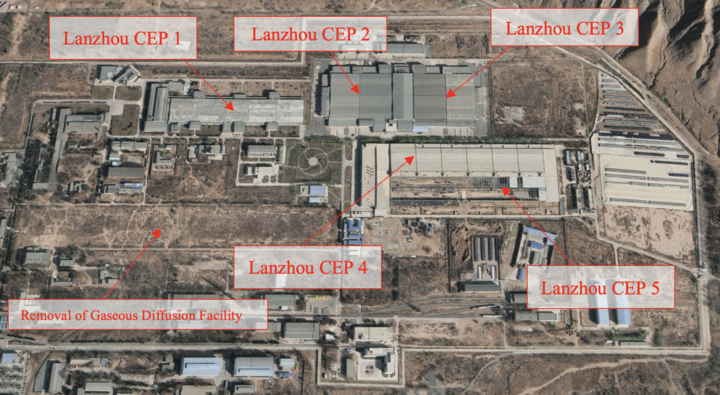According to the inter-governmental agreement between Russia and China signed in June 2018, Russia will supply fuel for China's CFR-600 reactor during its entire life cycle. The text of the agreement is available at the Russian government's portal (in Russian).
According to Article 5.2 of the agreement, Russia will supply "fuel assemblies containing uranium or uranium-plutonium fuel pellets ... during the entire operational lifetime of CFR600."
In a contract signed in January 2019, Russia committed to supply HEU fuel for the reactor during the first seven years of its operation. The HEU fuel was delivered in 2022 and the reactor began operations in December 2023.
Article 5.2 of the agreement also includes Russia's commitment to supply equipment and provide assistance with setting up production of "fuel assemblies containing uranium-plutonium fuel pellets" in China. It is possible that the fuel fabrication facility that this cooperation will set up in China will be producing fuel for the second CFR-600 reactor, which is being built at the same site. It is not entirely clear from the agreement whether this facility will be producing MOX fuel pellets (presumably from the plutonium separated by China) or whether Russia will remain the source of fuel pellets (and, accordingly, of plutonium).
The agreement appears to assume that the MOX fuel supplied by Russia will include Russia's plutonium. Russia uses reactor-grade plutonium in its own breeder program and it is highly likely that the fuel pellets for China's CFR-600 will use reactor-grade plutonium as well.
Importantly, the agreement contains provisions that directly prohibit the use of the materials or technologies that will be supplied to China for any military purpose, confirming the obligations in the umbrella agreement on cooperation and Russian export control regulations. According to Article 8.2,
Nuclear materials, equipment, special non-nuclear materials and related technologies received by the People's Republic of China in accordance with this Agreement, as well as nuclear and special non-nuclear materials, facilities and equipment produced on their basis or as a result of their use:
Shall not be used to produce nuclear weapons and other nuclear explosive devices or to achieve any military purpose;
Note that this provision covers the "equipment ... and related technologies" received by China as well as "nuclear materials and equipment produced [by China] on their basis." This directly prohibits the use of plutonium that will be produced by both CFR-600 reactors for any military purpose.

